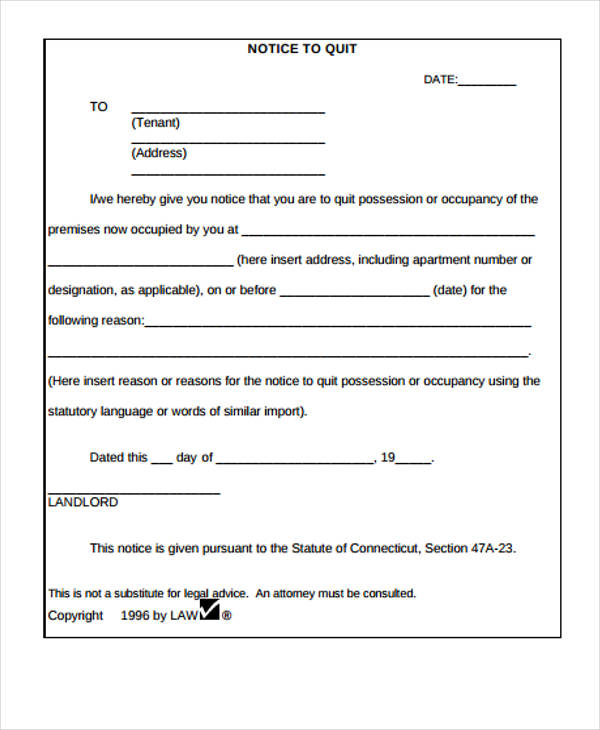5 Forms You Must Complete When Quitting a Job

When you decide to leave your current job, there are several formalities and procedures you need to undertake to ensure a smooth transition, for both you and your employer. Understanding forms to complete when quitting a job is not just about adhering to legal requirements; it's also about leaving on good terms, which can be beneficial for future references and networking. Here’s a comprehensive look at the paperwork involved and how to handle each one effectively.
The Resignation Letter

Your journey in exiting a company formally starts with the resignation letter. This isn’t just a formality; it serves as an official notice to your employer about your intent to leave. Here's what you should do:
- Be concise but gracious in your letter, outlining your decision to move on, your last working day, and any necessary arrangements for handover of tasks.
- Offer assistance during the transition period. This reflects well on your professionalism.
Exit Interview Form

Many organizations conduct an exit interview to gather feedback from departing employees. This form can include:
- Reasons for leaving.
- Feedback on work environment, management, and company culture.
- Suggestions for improvements or changes.
Honesty is beneficial here, but professionalism should be maintained. Use this opportunity to provide constructive feedback that could help the company grow.
Employee Clearance Form

This form ensures all company property is returned and no financial or other obligations are left unresolved. Here's what you might expect:
- Return of company-issued equipment like laptops, phones, ID badges, etc.
- Clearing dues like advance payments, pending reimbursements, etc.
- Settlement of library books or similar assets if applicable.
🔍 Note: Keep an organized record of all company-issued items to streamline this process.
HR's Termination Form

The termination form from HR formalizes your departure from the company's records. It might require details like:
- Confirmation of your last working day.
- Your signature indicating you understand the terms of termination.
- Any final instructions or acknowledgments related to non-compete clauses or severance.
Tax Withholding Form

If you're leaving with final payments, an end-of-year tax form might be required. This could include:
- Filling out or updating your W-4 or similar tax form for final pay calculations.
- Discussing how your last paycheck will be taxed.
- Confirming your address for sending the final paycheck.
Wrapping Up Your Exit

Completing these forms isn't just about meeting legal requirements; it's about maintaining a positive relationship with your previous employer. Here are some key takeaways:
- Communicate professionally throughout the resignation process. This can leave a lasting positive impression.
- Be prepared for a short period of time where you will be wrapping up projects and assisting in transitions.
- Ensure all property and obligations are settled to avoid any future complications.
How early should I submit my resignation?

+
It’s customary to provide at least two weeks’ notice, but some positions or agreements may require a longer period.
What if I’m asked to leave immediately after resigning?

+
If this happens, handle your exit gracefully. Ensure you receive all necessary paperwork and possibly severance pay if applicable.
Can I negotiate my notice period?

+
In some cases, you might be able to negotiate a shorter or longer notice period, depending on your employer’s policies and your project commitments.